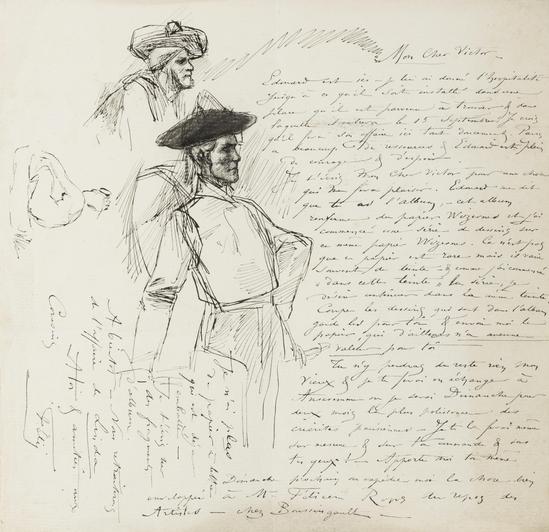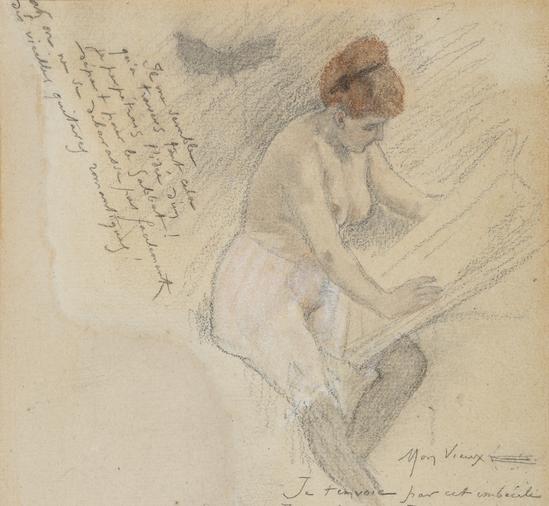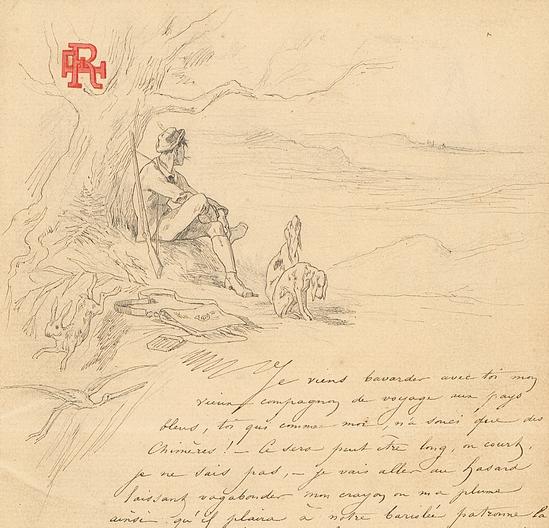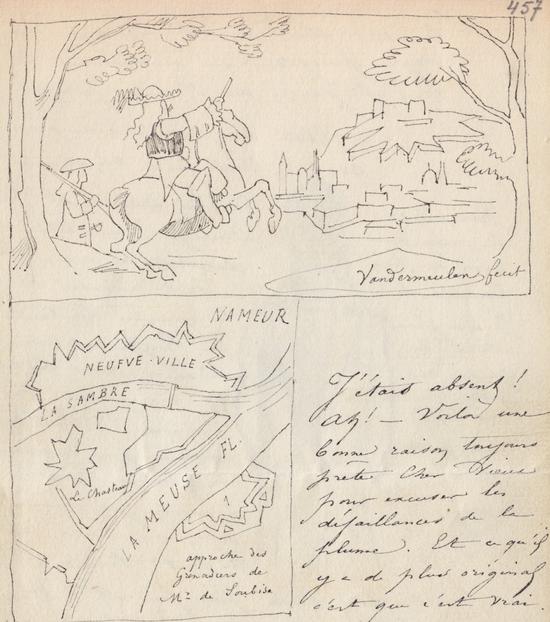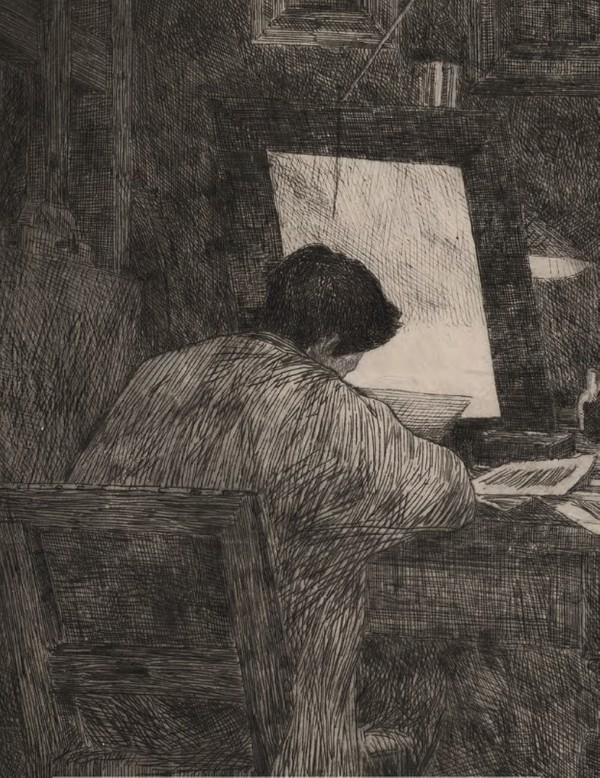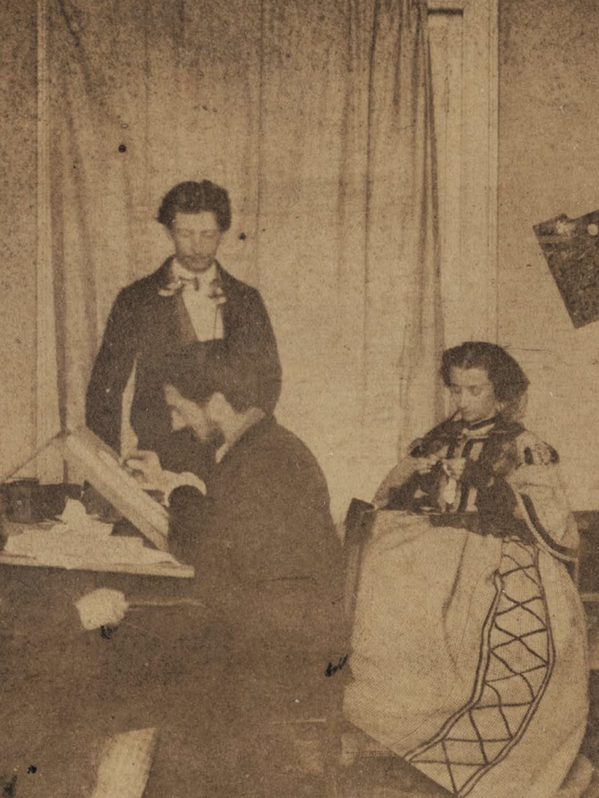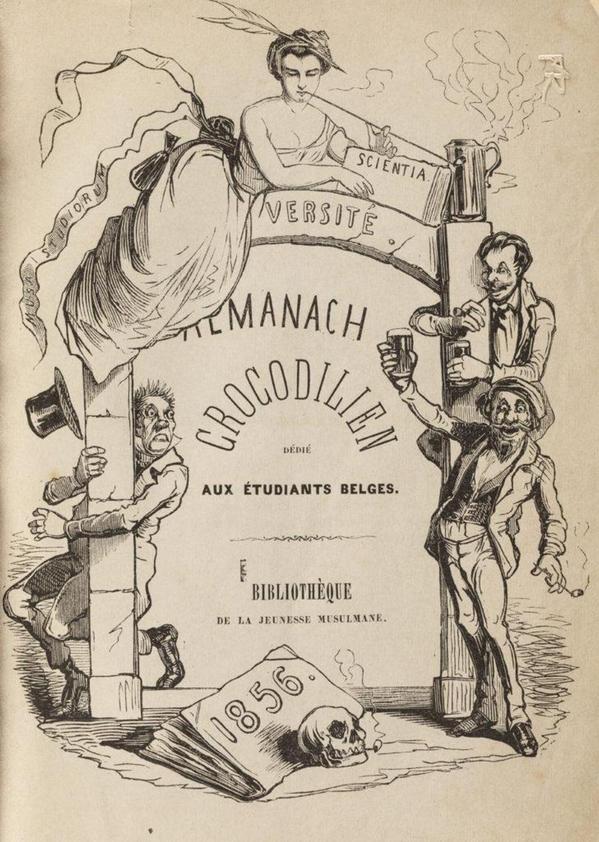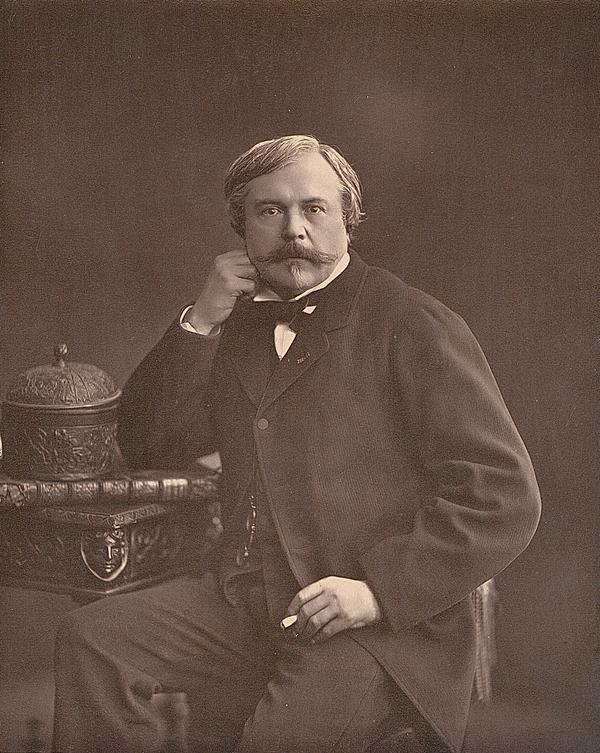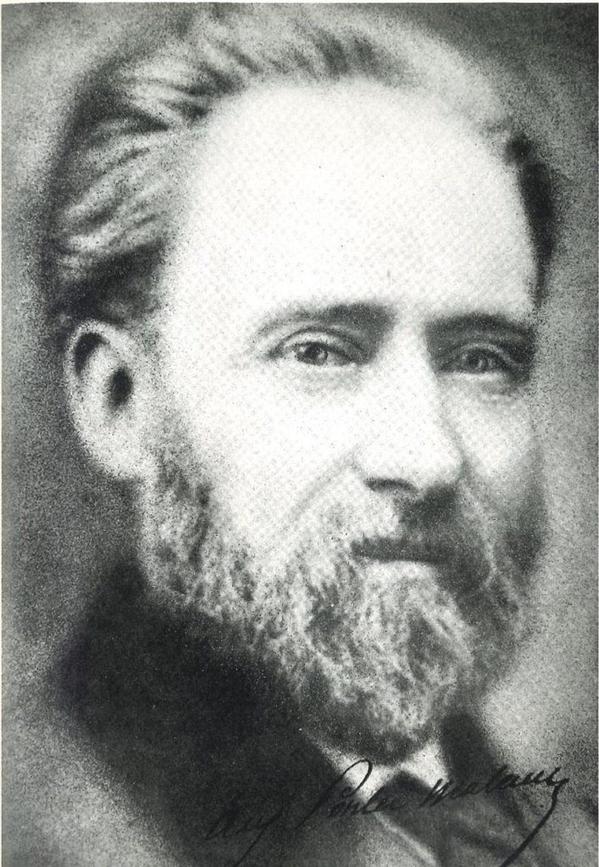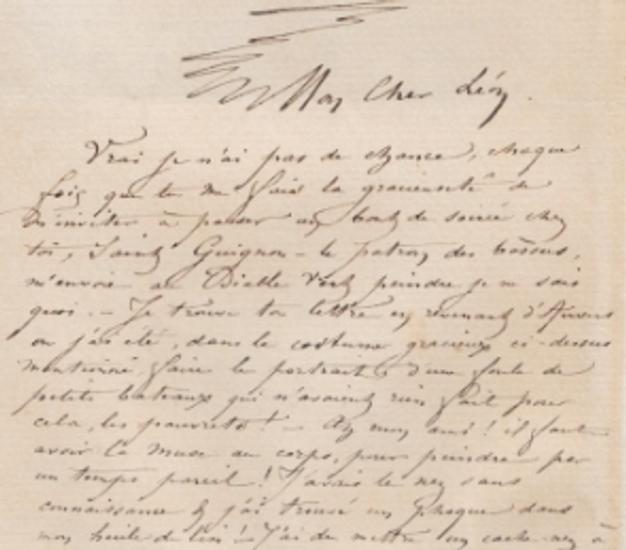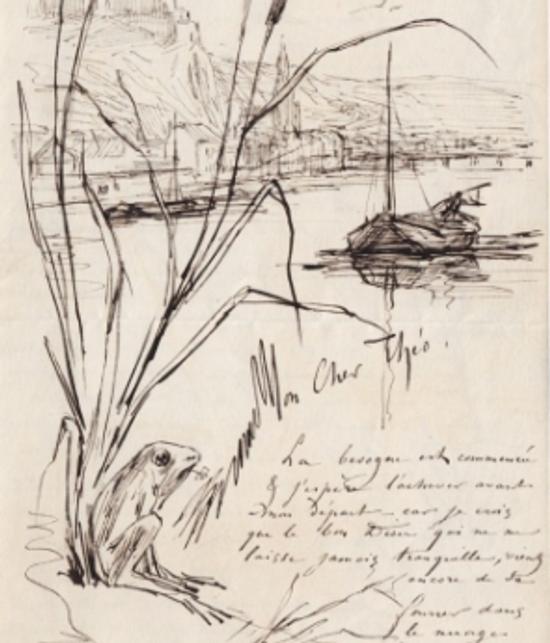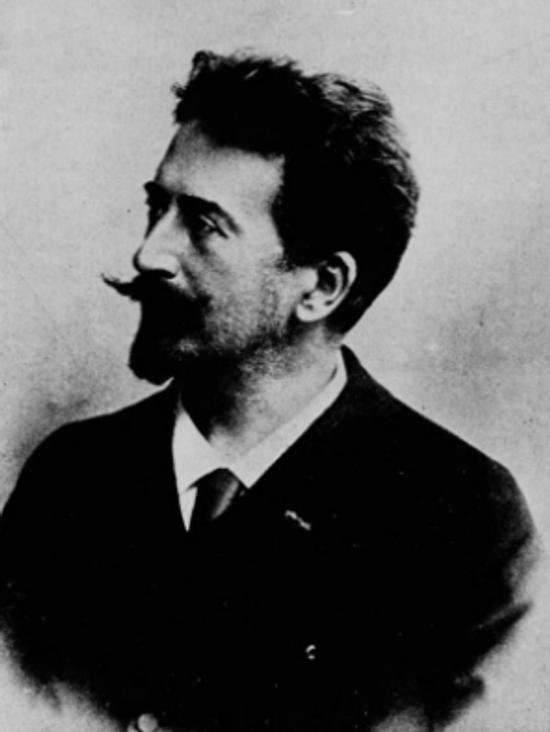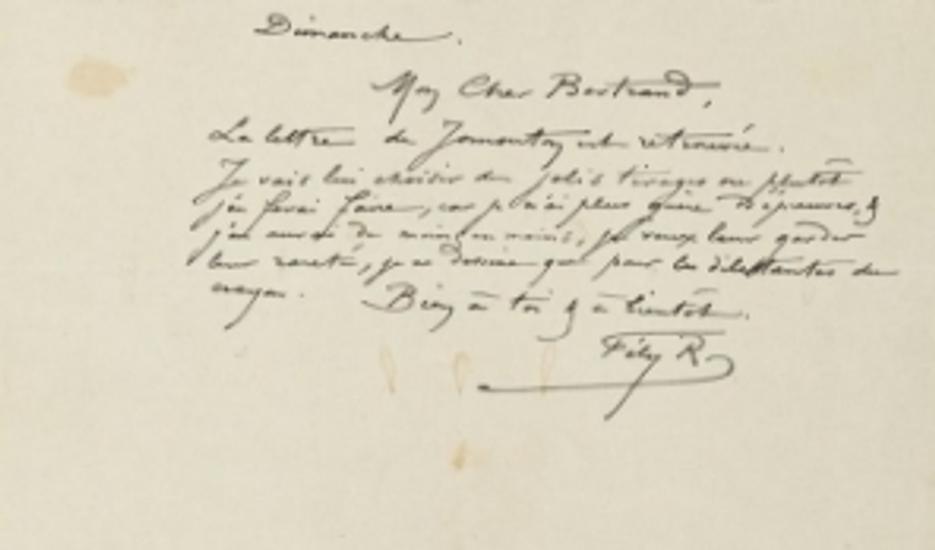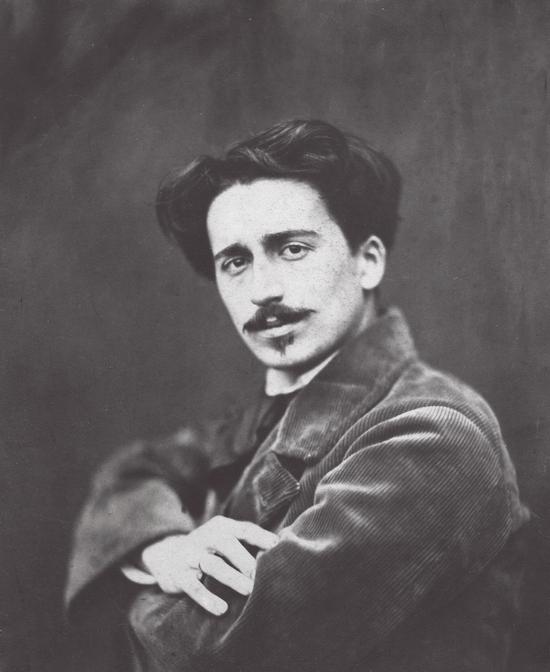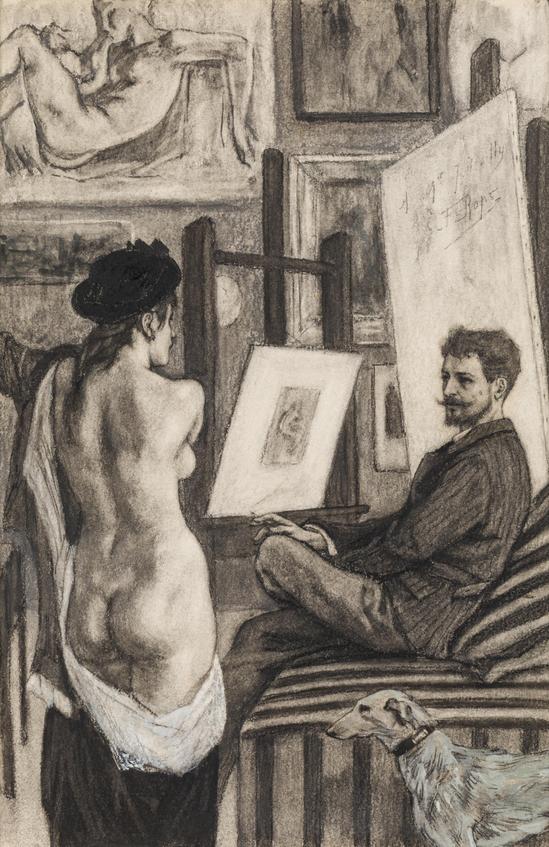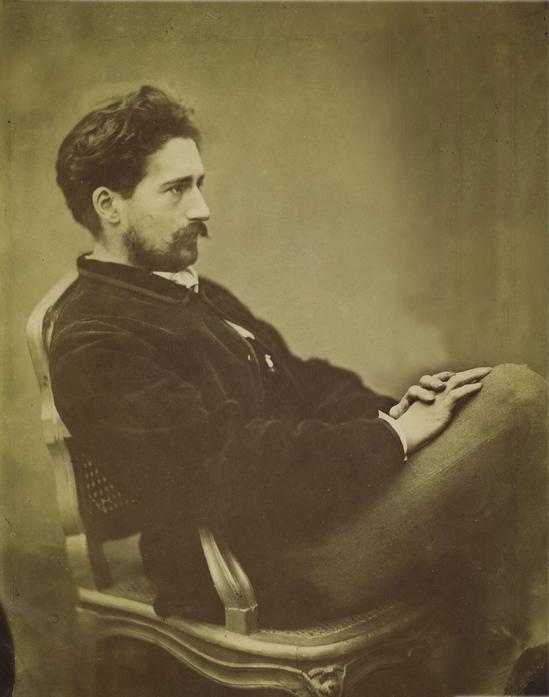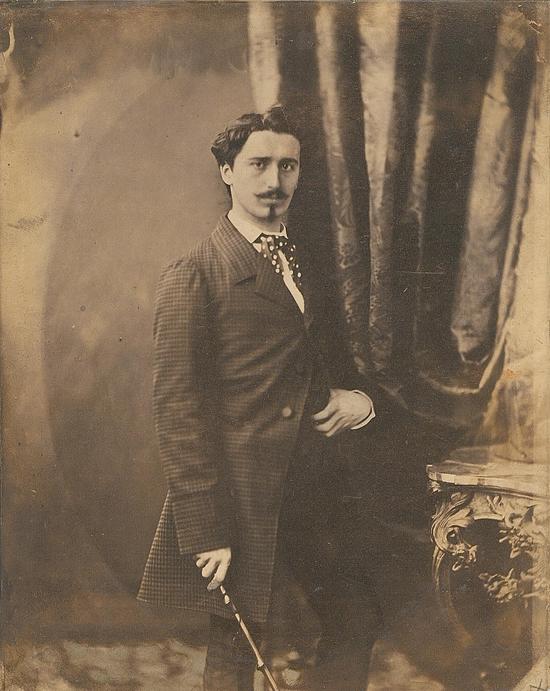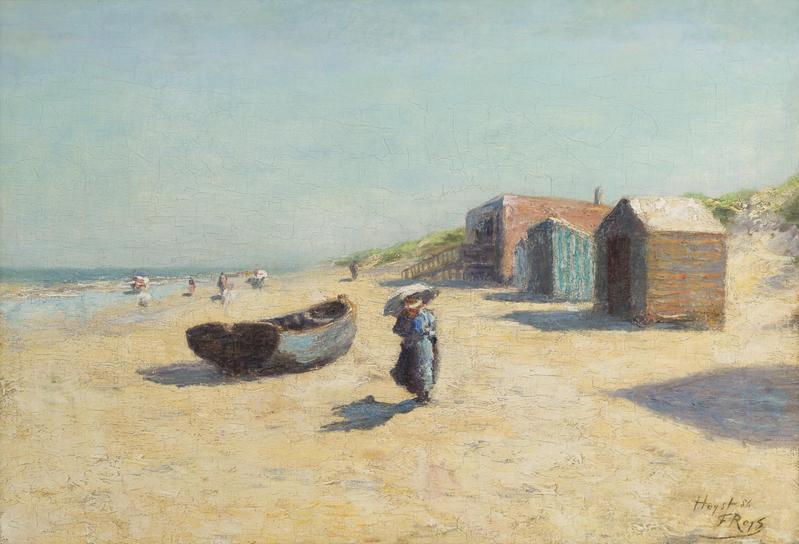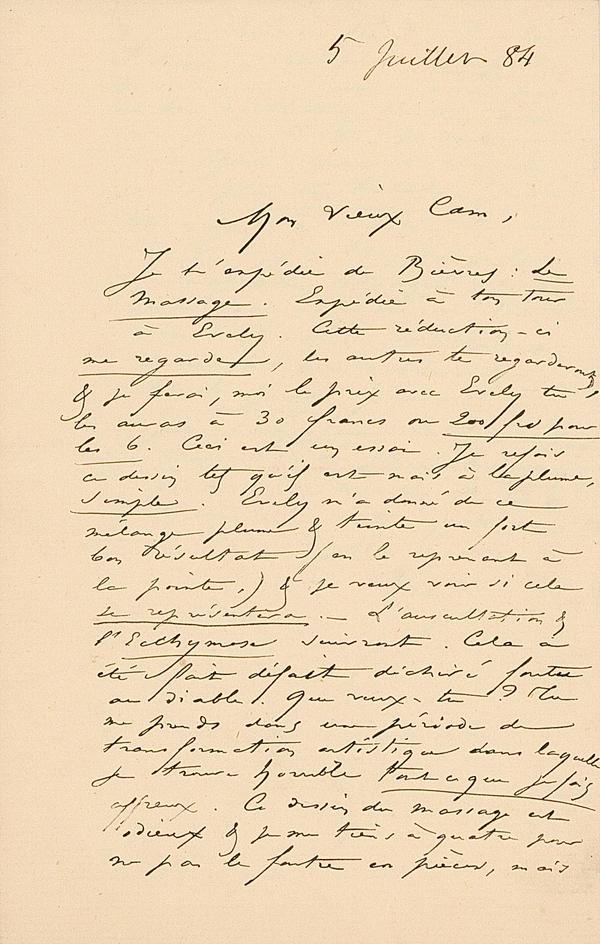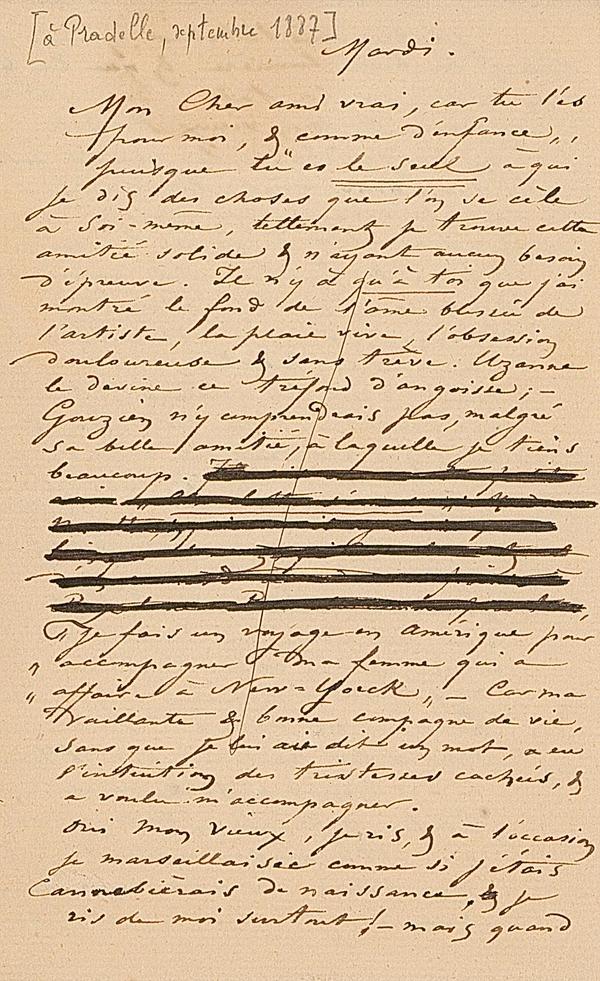Le projet Ropslettres
« Celui-là écrit mieux encore qu’il ne grave [...]. Si l’on publie un jour sa correspondance, je m’inscris pour mille exemplaires de propagande »
Lettre d’Edgar Degas à Édouard Manet, citée d’après Boyer d’Agen, Rops...iana, Paris, Pellet, 1924
Ropslettres.be est un projet scientifique d’envergure, d'édition scientifique de la correspondance de l'artiste belge Félicien Rops, mené par le musée Félicien Rops (Province de Namur) depuis les années 1990. En 2011, un premier site voit le jour, grâce au soutien de l'asbl Les Amis du musée Rops et de la Loterie nationale : l’étude, la publication et la valorisation de la correspondance de l’artiste namurois sont mises en ligne au fur et à mesure des avancées scientifiques. Ropslettres.be se révèle, dès ses prémices, être un formidable outil pour les chercheurs, les amateurs éclairés et les simples curieux. En 2024, le site subit une refonte totale, grâce une fois encore aux Amis du musée Rops et à la Loterie nationale. De nouvelles opportunités de valoriser les lettres de l’artiste sont possibles.
Découvrez-les !
Les lettres lues
« […] un bonhomme brun, les cheveux rebroussés et un peu crépus, de petites moustaches noires pincées, un foulard de soie blanche au cou ; une tête où il y a du mignon d’Henri III et de l’Espagnol des Flandres ; une parole vive, ardente, précipitée, où l’accent flamand a mis une espèce de rra vibrant. »
Edmond et Jules de Goncourt, Journal. Mémoires de la vie littéraire, vol. 2 : 1866-1886, entrée du 5 décembre 1866.
Les lettres de Félicien Rops se donnent à entendre. Écoutez-les…
Qui est Félicien Rops ?
« Lisez-les, parcourez-les au hasard de la date, ces amusants feuillets dispersés à tous les vents : il semble ne s’y trouver place ni pour une peine, ni pour un regret : c’est la joyeuse aventure où l’on s’embarque, plume au vent [...] »
Camille Lemonnier, Félicien Rops : l'homme et l'artiste, Paris. H. Floury, éditeur, 1908.
Épistolier infatigable, c’est plus de 3500 lettres qui ont déjà été retrouvées parmi l’abondante correspondance écrite sous la plume ou le crayon de Félicien Rops (1833-1898). Dès le 19e siècle, sa correspondance bénéficie d’une grande réputation auprès des artistes et écrivains de son temps et nombreux sont ceux qui souhaitent sa diffusion.
Traitant de sujets variés : ses œuvres, ses relations artistiques, ses voyages, ses amours, sa vie quotidienne, ses lettres constituent un témoignage précieux pour mieux comprendre le travail et la personnalité de cet artiste belge aux multiples casquettes.
Complétez votre lecture en découvrant la biographie et l'immense réseau artistique et littéraire de Félicien Rops.
Prolongez votre visite au musée
Situé dans un ancien hôtel de maître du vieux Namur, dans une zone piétonne, le musée présente la vie et l’œuvre de Félicien Rops de ses débuts comme caricaturiste à ses travaux sataniques et sulfureux.
En plus de la collection permanente consacrée à Félicien Rops, le musée présente, plusieurs fois par an, des expositions temporaires sur des thématiques aussi variées que le 19ème siècle et ses artistes, l’art graphique ancien ou contemporain, ainsi que certains aspects de l’œuvre ou de la vie de Rops. Suivant les prescriptions de l'ICOM (International Council of Museums), le musée Rops développe des missions de conservation, d’acquisition, de recherche et de médiation, des offres pédagogiques spécifiques et des activités inédites, pour tous les publics.
Le musée a reçu le prix du public en 2007 et le prix du musée en 2008 et en 2014, décernés par Openbaar Kunstbezit et Linklaters. Il est reconnu en musée de Catégorie A par la Fédération Wallonie-Bruxelles depuis 2008 et a reçu le Label Destination Qualité de la Région Wallonne en 2016.
